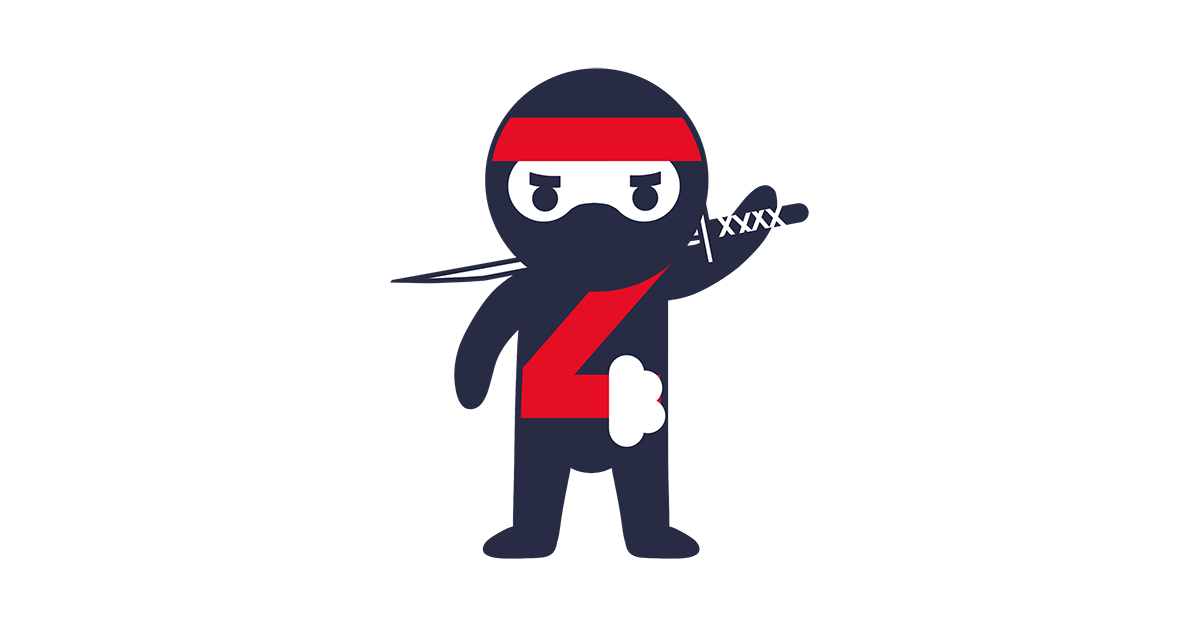
Cloud buying guide: infra optimisation
Post • 3 min read
We have been fine tuning our IT purchasing over the past decade to outsourcing deals. Buying cloud is, on the surface, very similar, but also very different when you take a deep dive into it.
In outsourcing deals, your aim is to lower the cost per VM and include as many services and responsibilities as possible in that price. In cloud, prices and services are fixed and there is little room for negotiation. But cost per VM is just the starting point for understanding if you save or lose money in cloud. Optimising the TCO in cloud is very different from optimising an on-prem or outsourcing deal.
Here are a few things to think about...
Commitment –You cannot compare 5 years of on-prem TCO with cloud on-demand prices. In cloud, the cost difference between on-demand prices and 1-year commitment (Reserved Instances as an example) can be over 50%. This will significantly reduce your costs, but do not expect to have 100% of your consumption under RIs. Three year RIs are also not usually optimal because the on-demand prices will lower every year, so optimal RI usage needs careful analysing and planning. Right instance type - On the other end of the spectrum from RIs, you have spot and billed by second instances. Spot instances are a very cost-efficient way to execute workloads like most batch and big data queries. The downside is that you can lose spot instances with a minutes warning. You, therefore, need a mechanism to stop and continue work. With a bit of overallocation, you can run enterprise workloads without risk and with even lower cost than with RIs. License cost saving -There are two ways to reduce your software license costs in cloud. You can convert most of your commercial licenses to free versions in the cloud but that requires heavier migration and the business case would need to be calculated. Cloud architecture can also enable other types of license reduction. Consider your typical mission critical Active-Active + DR setup. You have 3 licenses and usually, the most expensive license type which allows clustering. In cloud, you can run a second site both as a mirror site and a DR site, reducing your license cost by 30-50%. Operation savings - cloud is, by default, software-defined infrastructure. This means all changes can be done quickly and enables them to be highly automated. Changes that take hours or days in traditional infra take seconds in the cloud. All this mean dramatically reduced operations cost (and increased speed). Price reductions – all cloud vendors lower their prices on a constant basis. While there is no guarantee if that will continue to happen in the future and how much the prices are lowered, history will give a good indication. You need to calculate a 3-5 year average cost and compare that to the fixed cost on-prem solution. Most organisations are used to looking at a per VM, per month cost. This is only the starting point for your cloud TCO, but understanding cloud TCO is an important skill for anybody making infra decisions. Nordcloud can help you understand more about TCO and instances with an in-depth meeting from one of our cloud experts, contact us here.Get in Touch.
Let’s discuss how we can help with your cloud journey. Our experts are standing by to talk about your migration, modernisation, development and skills challenges.

Ilja’s passion and tech knowledge help customers transform how they manage infrastructure and develop apps in cloud.
Ilja Summala
LinkedIn
Group CTO
